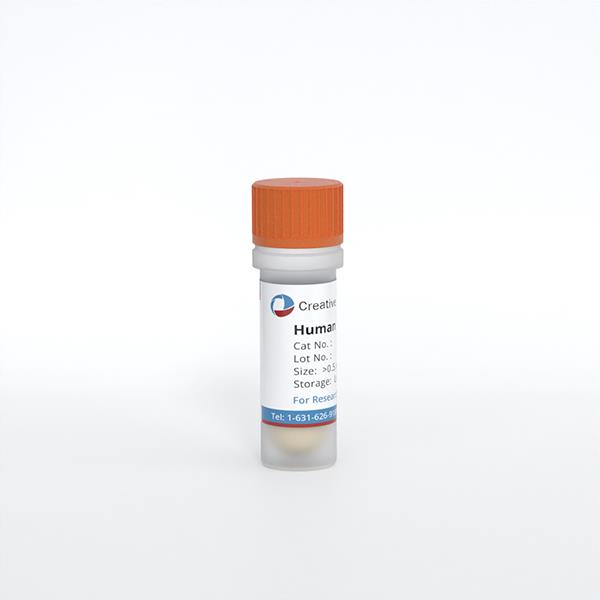Featured Products
Hot Products
ONLINE INQUIRY

Human Umbilical Cord Blood Mononuclear Cells
Cat.No.: CSC-7851W
Species: Human
Source: Cord Blood; Blood
Cell Type: Mononuclear Cell
- Specification
- Q & A
- Customer Review
Cat.No.
CSC-7851W
Description
Human umbilical cord blood mononuclear cells are isolated from umbilical cord blood. Human umbilical cord blood mononuclear cells are from a single donor. These cells contain CD34+ stem cells. They enable researchers to produce various cell types of the hematopoietic lineage using standard published protocols. These cells may be used for various studies on hematopoiesis, differentiation, angiogenesis, colony formation, and surface marker expression. Presently, they are widely investigated for various therapeutic applications.
Development period: Post Natal
Development period: Post Natal
Species
Human
Source
Cord Blood; Blood
Cell Type
Mononuclear Cell
Disease
Normal
Storage and Shipping
Store at -196 °C (LN2) upon receipt until ready to culture. 10% DMSO
Citation Guidance
If you use this products in your scientific publication, it should be cited in the publication as: Creative Bioarray cat no. If your paper has been published, please click here to submit the PubMed ID of your paper to get a coupon.
Ask a Question
Write your own review
Related Products



